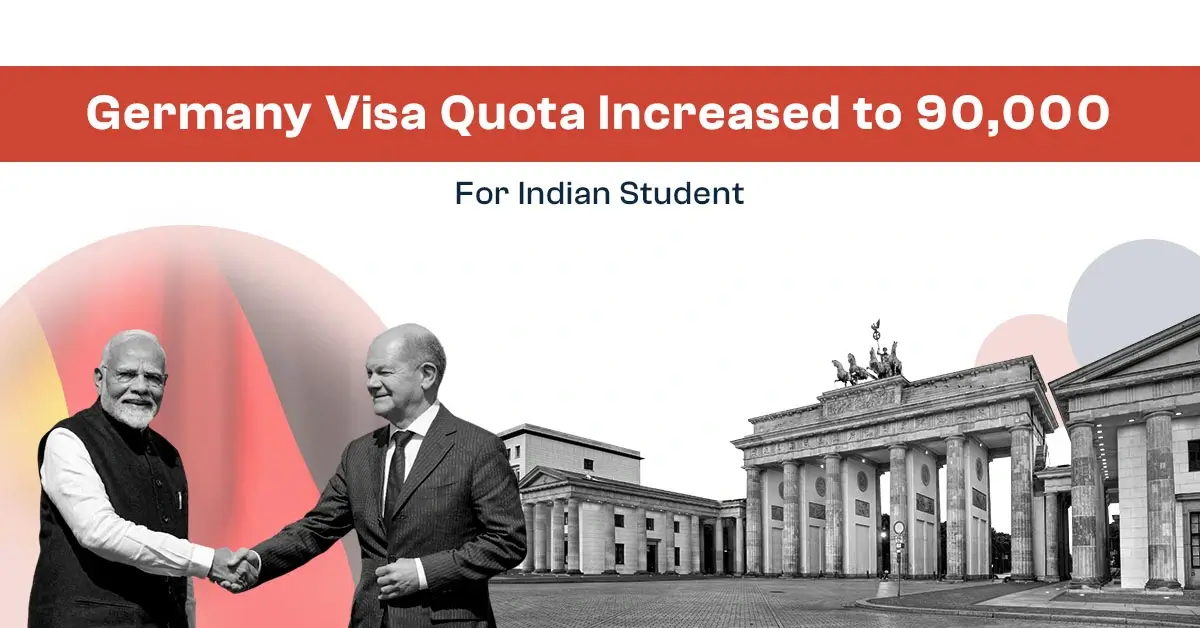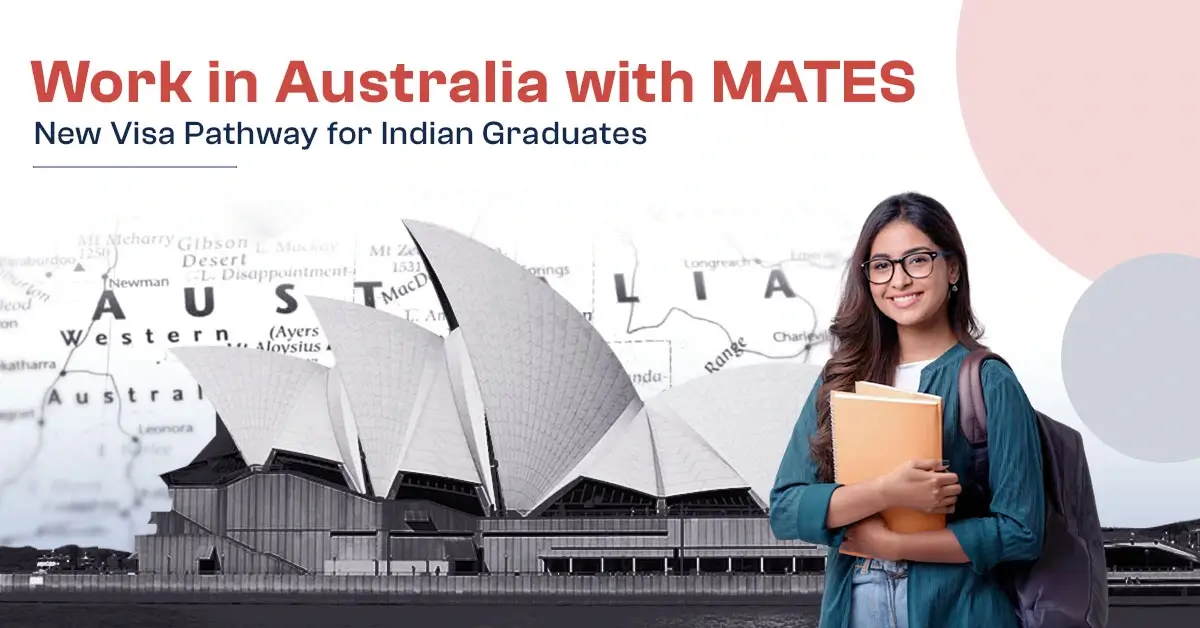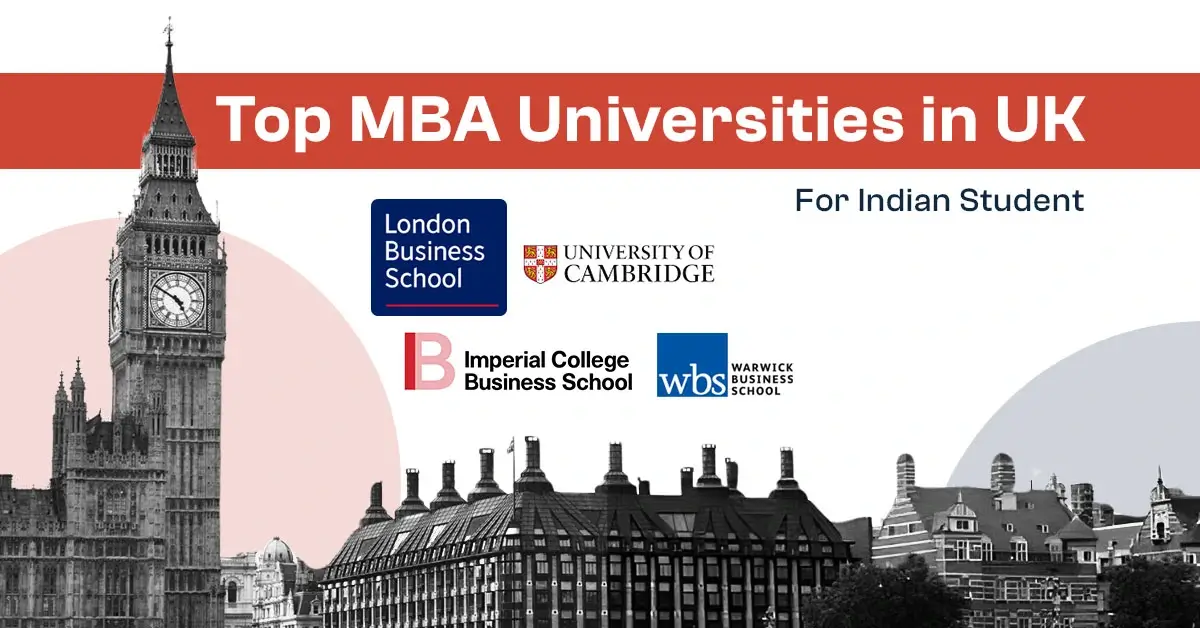Advance Your Career with a Master’s in Australia
Join a top-ranked Australian university and gain specialised knowledge, hands-on experience, and a competitive edge in your field.
What are you looking for?
Hey, we’d like to know you better too!
Talk to our counsellor
Pursuing a master’s degree in Australia offers a world-class education in a vibrant and diverse environment. Australia is home to several top-ranked universities, such as the University of Melbourne and the University of Queensland, offering advanced programs in mathematics and statistics.
These institutions provide excellent preparation for specialist roles in the workforce or further graduate research. By studying for a master’s degree in Australia, you will gain valuable skills and knowledge that are recognized globally.
Why Pursue Master’s in Australia as an Indian Student?
There are several reasons to study master’s in Australia as an Indian student:
- Globally Recognized Universities: Australia is home to 7 universities ranked in the top 100 globally, including the University of Melbourne and the Australian National University.
- Post-Study Work Opportunities: Indian students can stay and work in Australia for up to 4 years after graduation under the Temporary Graduate Visa (subclass 485).
- High-Quality Education System: Australian universities follow the Australian Qualifications Framework (AQF), ensuring internationally recognized degrees with research-focused learning.
- Scholarships for Indian Students: Scholarships like the Australia Awards, Destination Australia, and university-specific grants reduce tuition costs.
- Diverse Career Prospects: Australia has a strong demand for skilled professionals in sectors like IT, healthcare, and engineering.
- Lower Cost Compared to the USA & UK: Master’s tuition fees in Australia range from AUD 20,000 to AUD 45,000 per year. It is lower than in the UK and the US.
- Safe and Student-Friendly Environment: Australia consistently ranks among the safest countries for international students.
Eligibility and Admission Requirements to Study Masters in Australia
Academic Requirements
- Bachelor's Degree: A bachelor's degree from a recognized university.
- GPA: A minimum GPA of 3.0 or equivalent (out of 4.0) is required.
- GRE/GMAT: Some programs require GRE or GMAT scores, especially for business and engineering fields.
English Proficiency
- IELTS: 6.5 overall band score with no band score below 6.0.
- TOEFL: Scores typically range from 80-100.
- PTE: Scores typically range from 65-75.
Other Requirements
- A Statement of Purpose
- Work Experience
- Letters of Recommendation
- Portfolio
Document Checklist
Below are the general documents you will need to enrol in a Masters’s program in Australia:
- A CV or resume
- Letter of Offer
- Confirmation of Enrolment (CoE)
- Letter of Recommendation (if applicable)
- Proof of English Proficiency
- Genuine Temporary Entrant (GTE)
- Proof of Sufficient Funds
- Statement of Purpose
- Overseas Student Health Cover (OSHC)
- Health Requirement
- Character Requirement
Popular Master’s Programs
| Courses | Tuition Fees per year | Average salary per year |
|---|---|---|
| Business Administration (MBA) | AUD 40,000 to AUD 80,000 | AUD 161,000 |
| Engineering | AUD 20,000 to AUD 40,000 | AUD 112,358 |
| Computer Science | AUD 30,000 to AUD 50,000 | AUD 116,160 |
| Health Sciences | AUD 20,000 to AUD 40,000 | AUD 89,384 |
| Data Science and Analytics | AUD 20,000 to AUD 40,000 | AUD 122,162 |
| Education | AUD 20,000 to AUD 40,000 | AUD 122,087 |
| Finance | AUD 20,000 to AUD 40,000 | AUD 72,500 |
| Environmental Science | AUD 20,000 to AUD 40,000 | AUD 80,000 |
| Psychology | AUD 20,000 to AUD 40,000 | AUD 74,727 |
| International Relations | AUD 20,000 to AUD 45,000 | AUD 72,512 |
Cost of Studying Masters in Australia for Indian Students
The cost of studying for a Master’s degree in Australia can range from AUD $22,000 to $50,000 per year.
This is an average figure; actual costs can vary.
Cost of Living in Australia
The cost of living in Australia depends on the city you live in. Below is a breakdown of the verage living costs for international students:
| Cost of Living in Australia | Monthly Expenses (In AUD) |
|---|---|
| Accommodation | AUD 800 – AUD 2,500 |
| Travel | AUD 300 – AUD 400 |
| OHSC Cover | AUD 118 |
| Utility Cost | AUD 270 – 490 |
| Entertainment | AUD 100 – AUD 120 |
| Personal/Miscellaneous Expenses | AUD 80 – AUD 90 |
| Groceries & Food | AUD 65 – AUD 103 |
Accommodation Costs in Australia
Accommodation is one of the biggest living costs in Australia. Below we have mentioned different types of costs along with their costs:
| Types of Accommodations in Australia | Monthly Living Expenses in Australia |
|---|---|
| On-Campus Dormitory | AUD 800 – AUD 1,400 |
| Shared Apartment | AUD 600 – AUD 1,200 |
| Homestay | AUD 1,000 – AUD 1,400 |
| Studio Apartment | AUD 1,200 – AUD 2,000 |
Scholarships for Master’s in Australia
Australia offers several government programs, university scholarships, and charity schemes. Some of them are listed below:
Australian Government Scholarships
- Endeavour Research Scholarship
- Australian Government Research Training Program (RTP)
- Australia Awards
University-Specific Scholarships
- Melbourne Research Scholarships (MRS)
- Macquarie University International Scholarships
- Adelaide Scholarships International
- University of New South Wales International Scholarships
- University of Sydney International Scholarship
- Griffith Vice Chancellor’s International Scholarship
Top Universities and Colleges to study Master’s in Australia
Listed below are some of the top universities in Australia:
| University/College | QS World University Rankings |
|---|---|
| The University of Melbourne | 13 |
| Monash University | 37 |
| RMIT University | 123 |
| LA TROBE University | 217 |
| CQ University | 495 |
| Australian Catholic University | 901 |
| UWA Perth University | 77 |
| Bond University | 587 |
| Victoria University | 601 |
| The University of Canberra | 403 |
| James Cook University | 445 |
| Griffith University | 255 |
| Murdoch University | 436 |
| Macquarie University | 133 |
Job Opportunities after Masters in Australia for Indian Students
| Job Profile | Average Salary (AUD |
|---|---|
| Neurosurgeon | AUD 425,000 |
| CEO | AUD 400,000 |
| Anaesthetist | AUD 380,000 |
| Financial Analyst | AUD 300,000 |
| Head of HR / HR Director | AUD 300,000 |
| Legal Professionals | AUD 200,000 |
| Mining Engineer | AUD 180,000 |
| Financial Investment Advisor | AUD 160,000 |
| Software Architect | AUD 150,000 |
| Construction Manager | AUD 175,000 |
Experts at TransGlobal Overseas can tell you about the job opportunities available after a master’s degree in Australia.
Stepwise Guide to Applying for a Master’s Degree
- Find Your Perfect Program and University: Explore universities and programs that align with your career aspirations and future goals.
- Meet Admission Requirements: Check eligibility criteria, academic qualifications, and language proficiency tests like IELTS to ensure you qualify.
- Submit Your Application: Complete the application process by providing the necessary documents and paying the required fees.
- Secure Your Offer Letter: Once accepted, receive your official Letter of Acceptance from the university in Australia.
- Apply for Your Student Visa: To ensure a smooth approval process, submit your visa application with all required documents.
- Plan Your Move to Australia: Book your flights, arrange accommodation, and get health insurance to make your transition stress-free.
Student Visa Requirements for a Master's Program in Australia
These are the requirements to get an Australian visa:
- You must be enrolled in a course of study in Australia
- You must hold Overseas Student Health Cover (OSHC), or fall into one of the exemption categories
- Also, you should be 6 years or older
- You should have proof you have a welfare arrangement if you are under 18.
- You will need to meet English language requirements
- You must have adequate health insurance
- You should have enough money for your stay
- You should not had a visa cancelled or an application refused
- Plus, you must meet their character requirement.
Post-Study Stay Back Options in Australia
After completing your studies in Australia you might be eligible for a Post-Graduation Work Permit (PGWP). This permit lets you work in the country temporarily. Here are some details about this permit.
- You can stay in the country for up to 18 months through this visa.
- The stay-back period in Australia for master’s and post-work visa holders is about 2-4 years.
Frequently Asked Questions
What are the benefits of studying in Australia compared to other countries?
Australia offers excellent value for money and a high standard of living compared to other countries.
Why should I pursue a Master’s degree in Australia?
A Master’s degree in Australia is a great choice because of its high-quality education with globally recognized universities, and a diverse and welcoming culture.
Is work experience required to apply for a Master’s degree in Australia?
No, work experience is mostly not required to apply for a Master’s degree in Australia. Most programs consider your bachelor’s degree and academic performance as key eligibility criteria.
What is the duration of a Master’s degree in Australia?
A Master’s degree in Australia takes one to two years to complete. But, the exact length depends on the type of course.
What types of Master’s programs are offered in Australia?
Australia offers many types of Master’s programs, including traditional, professional, and research-based programs.
When should I start applying to Australian universities?
The application will depend on the intake you choose. For February intake, apply between October and November of the previous year, while for July intake, applications are usually due between April and May. For November intake, the application deadline is typically in September.
Can I apply to multiple universities at the same time?
Yes, you can apply to multiple universities at the same time. There is generally no limit to the number of applications you can submit.
What are the visa processing times for international students?
The processing time for an Australian student visa (subclass 500) is around 4 months for most applications. Around 90% of applications are processed within this timeframe.






